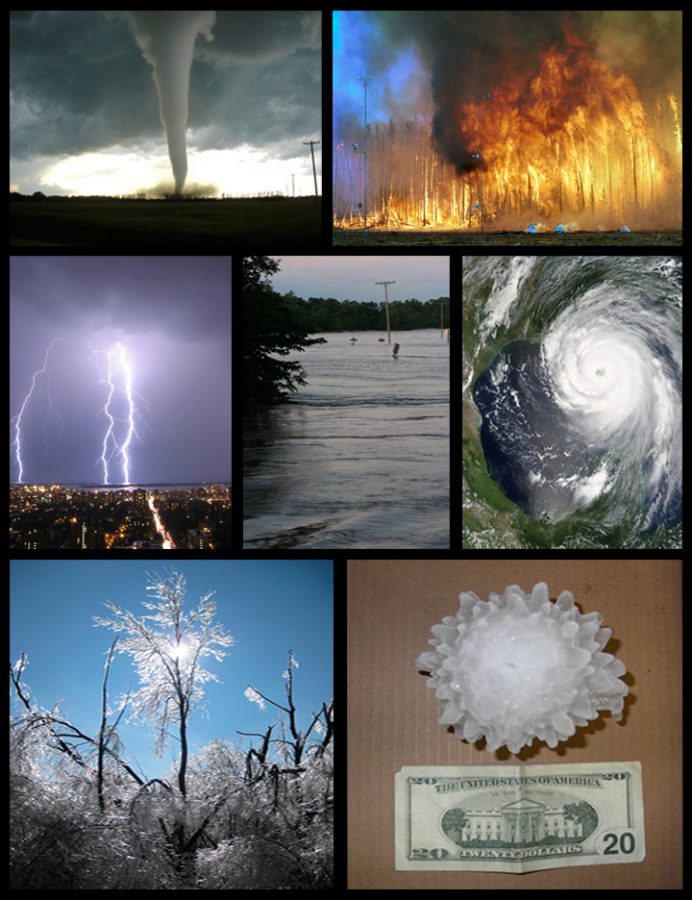Contrary to popular belief, spring has arrived, with the official end to winter marked by the spring equinox back on March 20. For residents of the Midwestern states and the poor souls along the East Coast who have spent the last month digging themselves out of a relentless string of nor’ easters, after enduring four of these massive winter storms in March alone, spring does not appear to be anywhere in sight. In fact, the effects of this wintery weather have become particularly bothersome for many across these regions, as the sight of winter’s signature snow falls have turned from a peaceful sight, to an intense longing for temperatures above freezing.
Meteorologist Dr. Doug Gillham acknowledges spring is a “temperamental season”, but the uncharacteristic weather patterns currently sweeping across the United States makes this season seem like a bit of an understatement. Except for the unfortunate few regions, the majority of the nation is actually experiencing warmer than usual temperatures. Along the west coast, Americans are basking in the welcoming temperatures they enjoyed for most of the winter. Most of this region broke records with above average highs – by almost 20 degrees. According to the New York Times, these warm temperatures were caused in part by the jet stream that blessed the Northwest, Midwest and much of the South with chilly Arctic air.
In contrast to the struggling Midwesterners, those along the West Coast, Ohio Valley and Virginia are experiencing an early spring. The “first leaf” in these regions appeared earlier than average. In this part of Iowa, the USA National Phenology Network estimates that the average “first leaf” appearance is typically around mid-April, leading one to believe that maybe, hopefully, these wintery conditions are on their way out.
Just to be clear, one should not expect temperatures to suddenly begin to warm and for Mother Nature to suddenly grant us with an apologetic heat wave as May edges closer. Spring 2018 was predicted to hold below average temperatures and above average precipitation for this region, although it is unclear if this precipitation was intended to exist as rain or snow.
Scientists also suggest those longing for spring temperatures to thank climate change and La Niña, a natural climate cycle responsible for cooler than normal ocean waters that contribute to below average rain in the south and the opposite in the north. La Niña is also responsible for bringing cool temperatures to the Northeast and Midwest.
Unfortunately, the future does not look bright — or particularly warm. This is less than desirable news for spring sports, whose athletes are suffering the consequences of this equally undesirable spring. Senior Caroline Sharis is no stranger to the frigid temperatures, often enduring winter’s wrath while rowing on the Mississippi. “For those that practice outdoors, the cold and miserable weather is definitely getting pretty frustrating,” said Sharis. “We’ve had mornings even in April below freezing when we get ice all over our oars. I am so ready for warm and sunny weather!”
While the western part of the country enjoys Mother Nature’s good side, Pleasant Valley’s track teams long for a meet in which they can actually participate before weather cancellations, the tennis teams are praying for a dry surface to play on, the soccer players are desperately waiting to unthaw and average students and athletes alike are longing for a long walk into school that does not involve wind, snow or blistering temperatures below 40 degrees.









